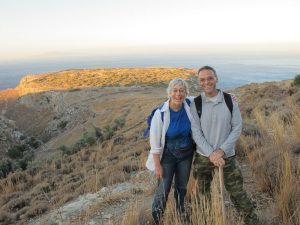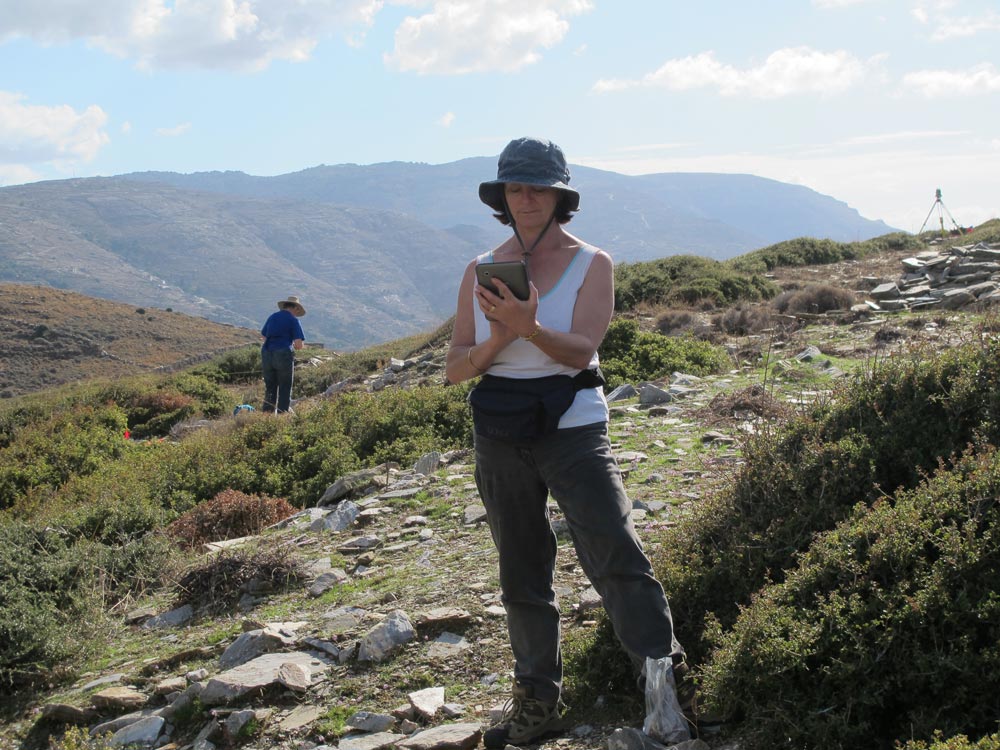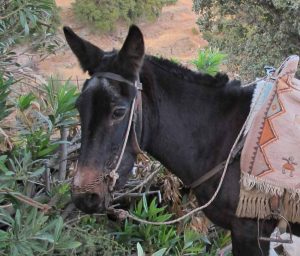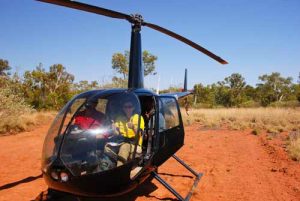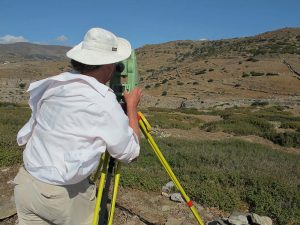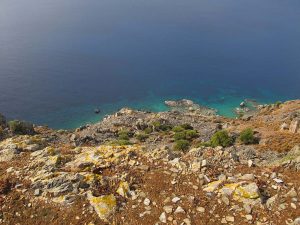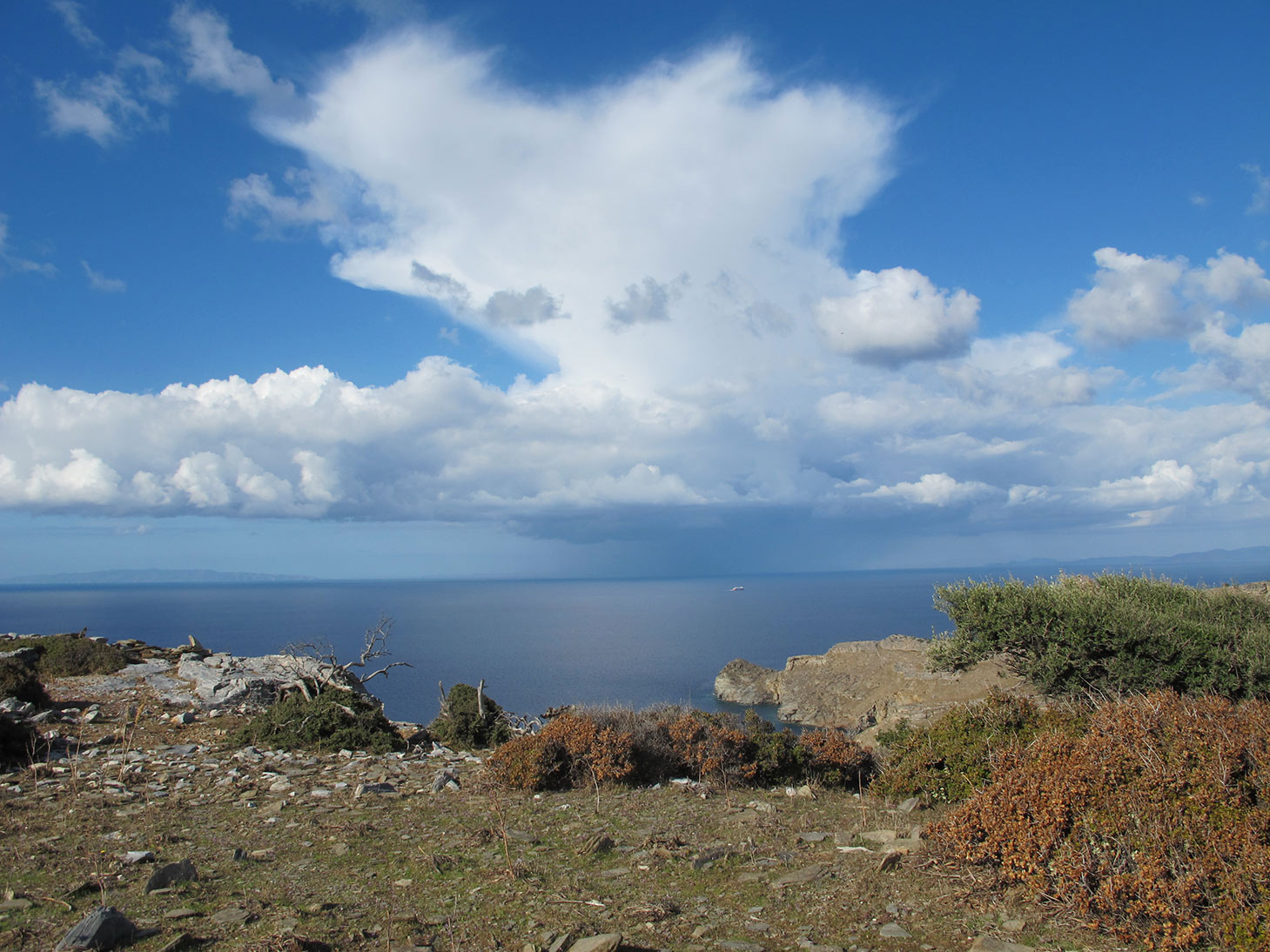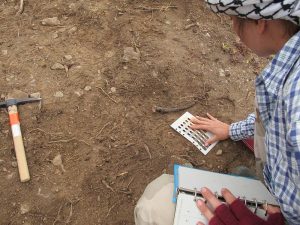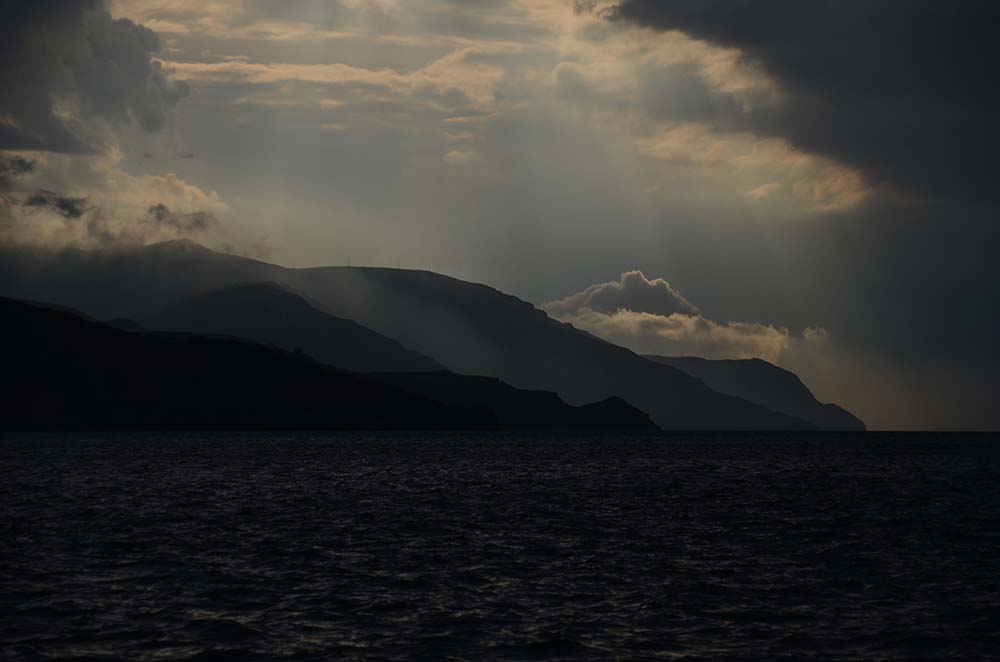by Irma Havlicek
Powerhouse Museum Online Producer
We’ve just put the first of our free downloadable activities for children onto the website: Zagora dominos and Zagora colouring in and storytelling. These have been developed and produced by Powerhouse Museum Online Producer, Kate Lamerton, and are available now for you to download and print out. We recommend adult supervision and assistance for these activities, and adults may need to do the cutting out.
Zagora dominos
 Zagora dominos use designs painted onto ancient Greek pottery, some of which was left at Zagora around 2,700 years ago.
Zagora dominos use designs painted onto ancient Greek pottery, some of which was left at Zagora around 2,700 years ago.
We provide all you need to download and print the dominos, and give instructions for cutting out and glueing the dominos (and optionally laminating them), so that the game can be played. This game develops pattern recognition and matching skills, and introduces players to designs of the Geometric Period of ancient Greece.
Zagora colouring-in and storytelling
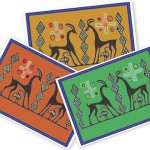 Zagora colouring-in and storytelling has been inspired by designs on pottery objects which also date to the period when Zagora was a thriving settlement, some 2,700 years ago.
Zagora colouring-in and storytelling has been inspired by designs on pottery objects which also date to the period when Zagora was a thriving settlement, some 2,700 years ago.
We provide designs to be downloaded and printed out which can be coloured in and stories composed about them. These activities encourage imagination and introduce ancient Greek history and mythology.
More to come
We are planning to add more activities for children but the next one probably won’t be available until late this year; they will be added to our Activities/games for children page.
